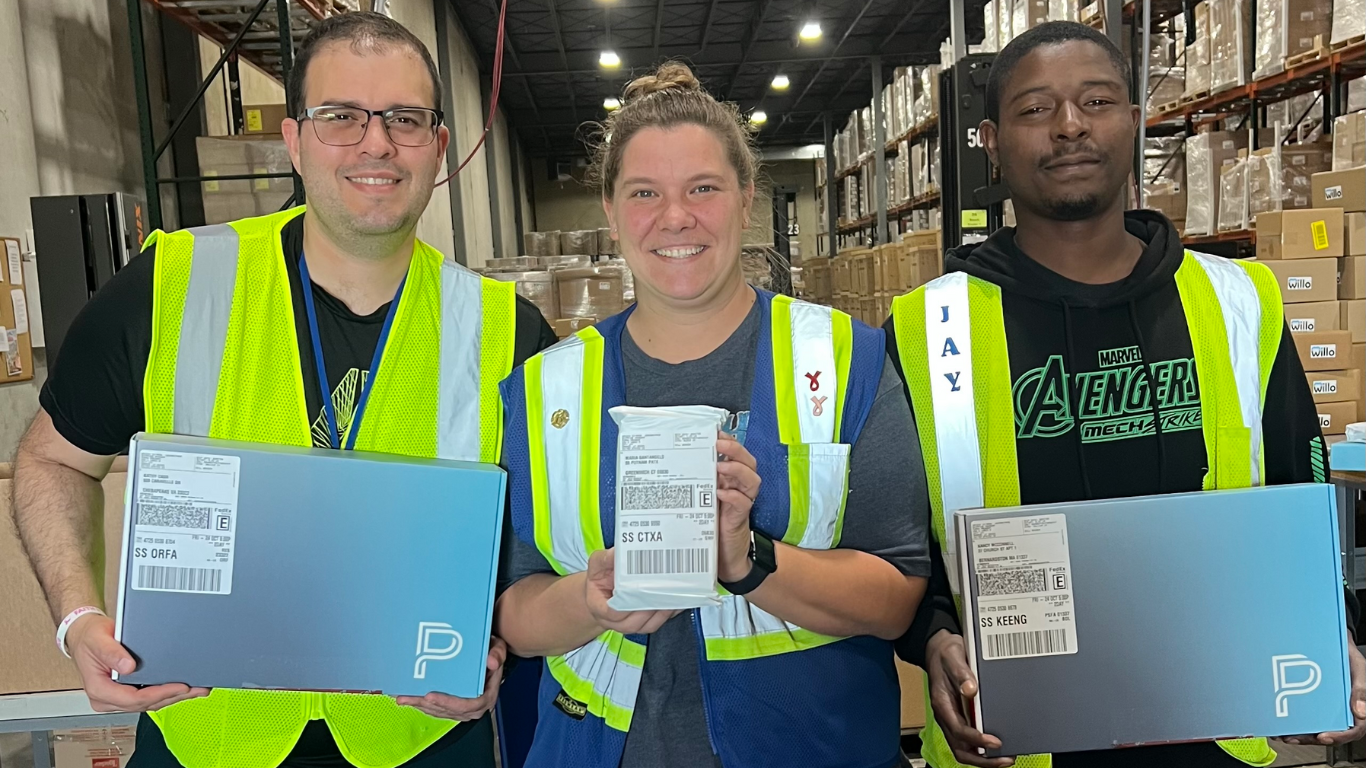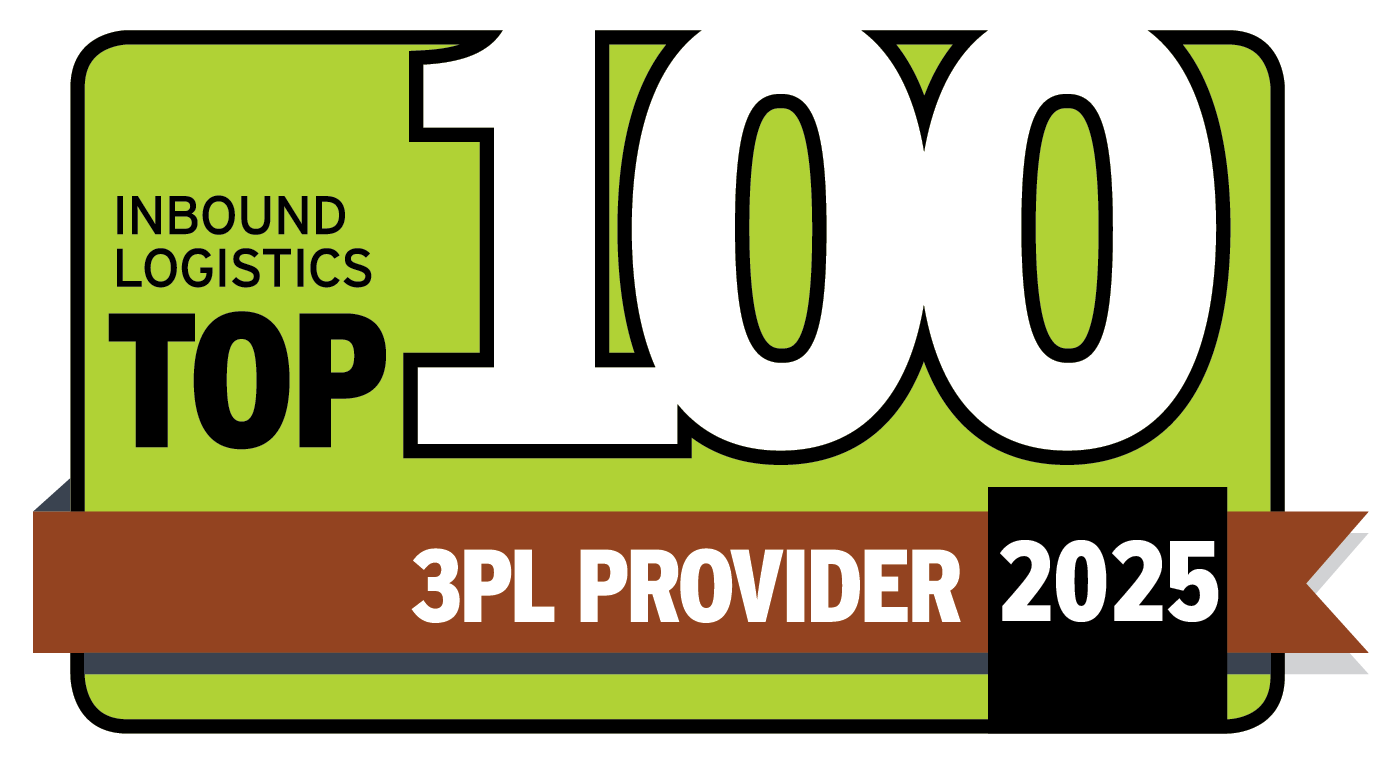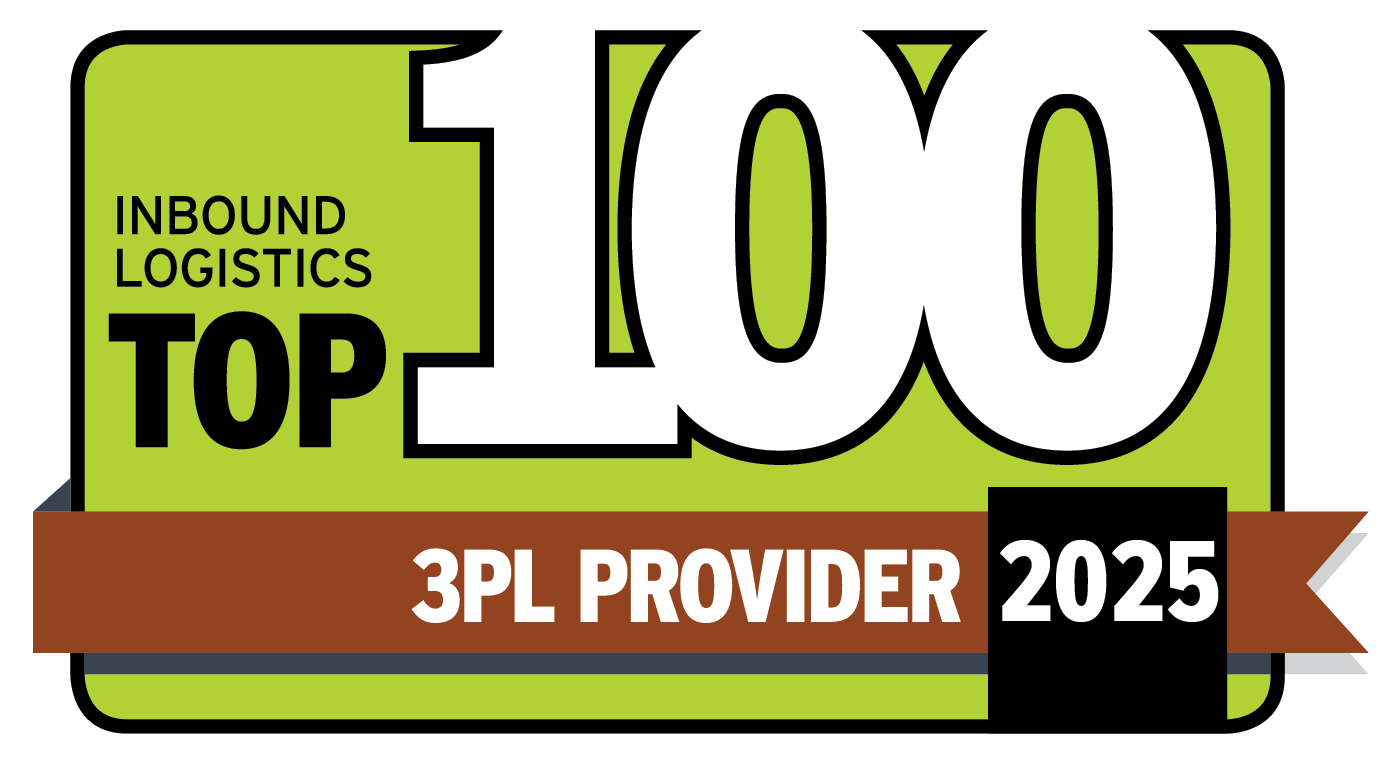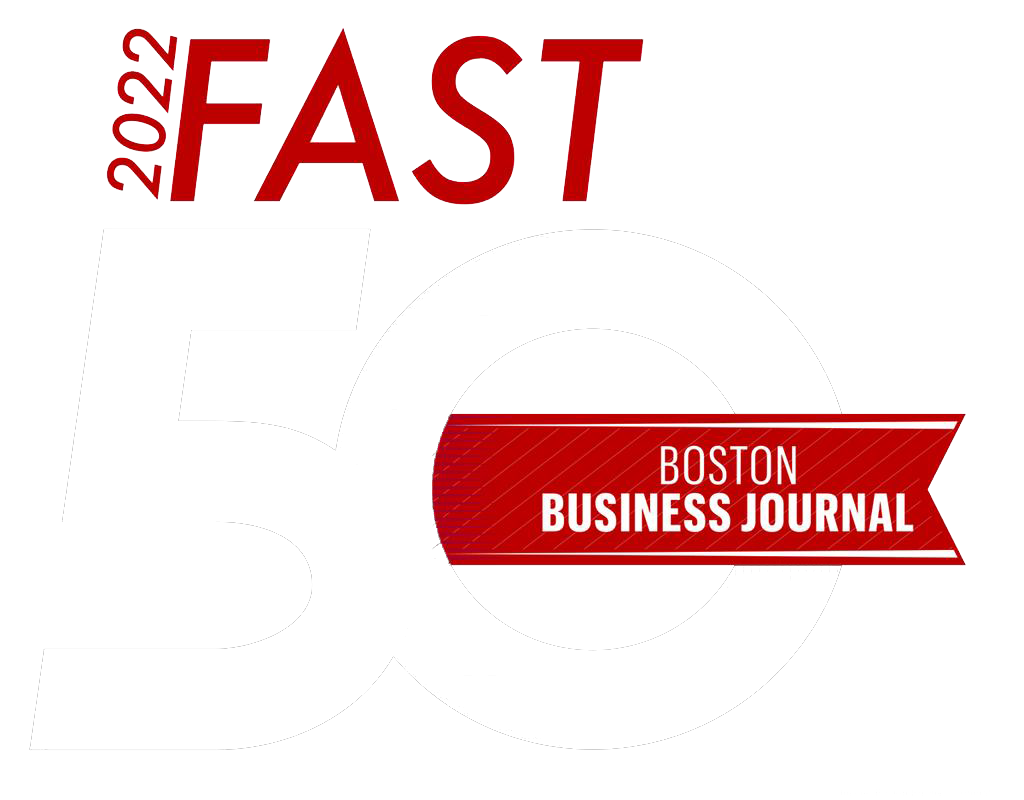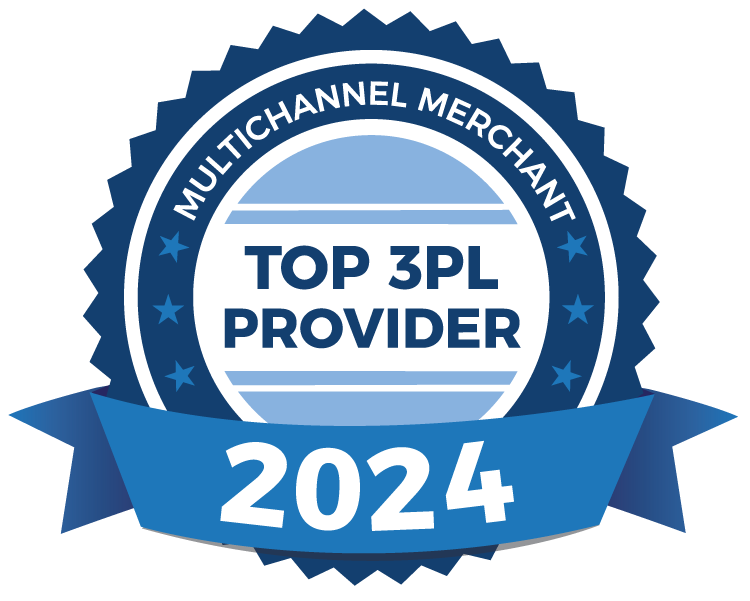How To WOW Your B2B Clients So You Can Grow Revenue Faster
How Do You WOW! Your Customers?
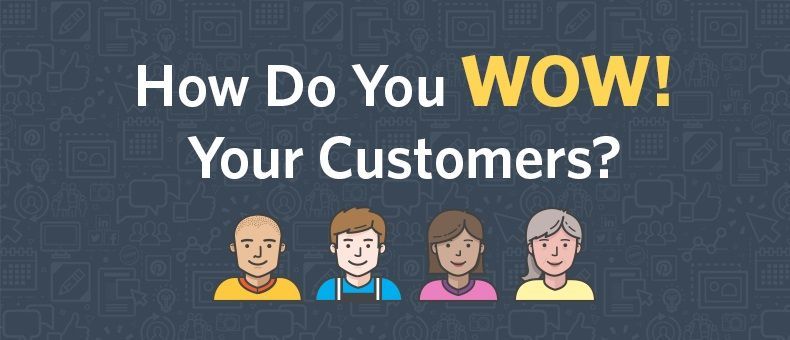
I have led teams responsible for a range of client types, from Fortune 100 companies to high growth startups, yet there is a common thread among all of these customers. All of them require responsiveness, but what really WOWs them is proactivity. I have seen proactive client management play a key role in everything from weekly client calls to the $500MM in long-term client agreements I have helped secure.
What does it mean to be proactive and why does it matter to customers?
Being proactive means thinking a step ahead on behalf of your customers. Instead of just responding to a client request, you identify and satisfy a need before the client does.
Virtually every company pledges some kind of “customer first” mantra to its clients. Naturally, customers are skeptical that such claims are real. That is where being proactive comes into play. When you demonstrate you are thinking ahead for the client, it shows you are truly putting the customer first, which fosters trust and partnership. Proactive engagement shows you are taking action (i.e., doing the homework needed to help them win), not just reciting a client-centric mission statement.
Want to foster proactive client management in your company? Encourage curiosity and learning.
There are lots of tools and processes designed to help client-facing teams learn about their clients and take proactive steps to satisfy the customer. Account plans, for instance, should be designed to explore proactive ways to develop new solutions and build deeper relationships with clients. Business reviews should include a slide that shares where the industry is going and presents an opportunity to probe with customers around their needs. While processes can help, culture and recognition are, above all, critical to proactive client engagement.
Encourage your client-facing personnel to learn about their clients and uncover opportunities. There are many ways you can encourage curiosity and learning in your company:
- Reward the right behaviors formally. Leverage performance evaluations to grade your client-facing personnel on their knowledge of the space and their clients’ needs and wants. When such behaviors affect ratings and ultimately compensation, they will be a priority to your team members.
- Reward the right behaviors in the moment. Celebrate new information as a real win. Send a simple email or place a call to praise key learnings: “Great job learning that about the client – I think we can help them now that we know about that information – well done!”
- Provide coaching and training on effective probing. Given all the information available online, client-facing personnel should have no issues finding relevant themes to highlight and explore with clients. From there, it is important that they understand how to probe effectively by asking open-ended questions (e.g., “what would the perfect solution look like here?” or “how are you planning to deal with those new regulations?”).
In Conclusion – Become a trusted advisor to your customers.
Learning about our clients is among the more fun activities we get to pursue professionally. If we provide coaching and create a culture that rewards such behaviors, proactive client management will become the norm. Your clients will see your company not as a supplier but as a trusted advisor, and that is where the real fun, and revenue growth, begin.
Recent Blog Posts

